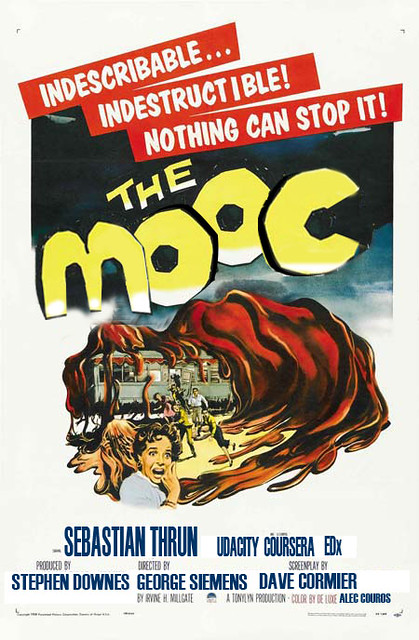
As Universities transition to online teaching during the global coronavirus pandemic, there’s increasing interest in the use of pre-recorded videos to replace traditional lectures in higher education. Join us to discuss how video production affects student engagement, based on a paper published by Philip Guo at the University of California, San Deigo (UCSD) from the Learning at Scale conference on How video production affects student engagement: an empirical study of MOOC videos. (MOOC stands for Massive Open Online Course). [1] Here is the abstract:
Videos are a widely-used kind of resource for online learning. This paper presents an empirical study of how video production decisions affect student engagement in online educational videos. To our knowledge, ours is the largest-scale study of video engagement to date, using data from 6.9 million video watching sessions across four courses on the edX MOOC platform. We measure engagement by how long students are watching each video, and whether they attempt to answer post-video assessment problems.
Our main findings are that shorter videos are much more engaging, that informal talking-head videos are more engaging, that Khan-style tablet drawings are more engaging, that even high-quality pre-recorded classroom lectures might not make for engaging online videos, and that students engage differently with lecture and tutorial videos.
Based upon these quantitative findings and qualitative insights from interviews with edX staff, we developed a set of recommendations to help instructors and video producers take better advantage of the online video format. Finally, to enable researchers to reproduce and build upon our findings, we have made our anonymized video watching data set and analysis scripts public. To our knowledge, ours is one of the first public data sets on MOOC resource usage.
Details of the zoom meeting will be posted on our slack workspace at uk-acm-sigsce.slack.com. If you don’t have access to the workspace, send me (Duncan Hull) an email to request an invite to join the workspace. The paper refers to several styles of video production, some examples below.
Khan style tablet drawings
The paper refers to Khan style videos, this is an example, taken from Khan Academy course on algorithms, khanacademy.org/computing/computer-science/algorithms
Talking Heads
Some examples of talking head videos:
There’s more than one way to do talking head videos, see Moving to Blended Learning, Part 3: Types of Video at www.elearning.fse.manchester.ac.uk/fseta/moving-to-blended-learning-part-3-types-of-video/
Making video-friendly slides
Steve Pettifer explains how to make video-friendly slides
Lose the words! Your PowerPoint / Keynote presentation should not be a script or a handout
References
- Guo, Philip J.; Kim, Juho; Rubin, Rob (2014). “How video production affects student engagement: An Empirical Study of MOOC Videos “. Proceedings of the first ACM conference on Learning @ scale conference: 41–50. doi:10.1145/2556325.2566239. see also altmetric.com/details/2188041 for online attention score